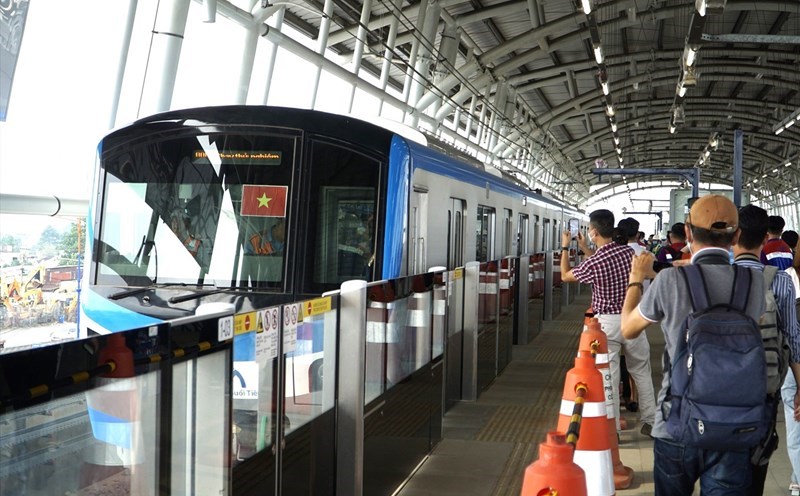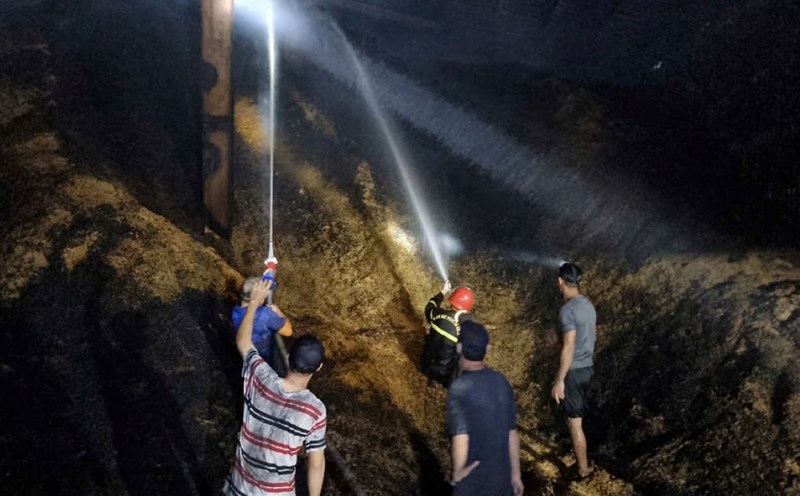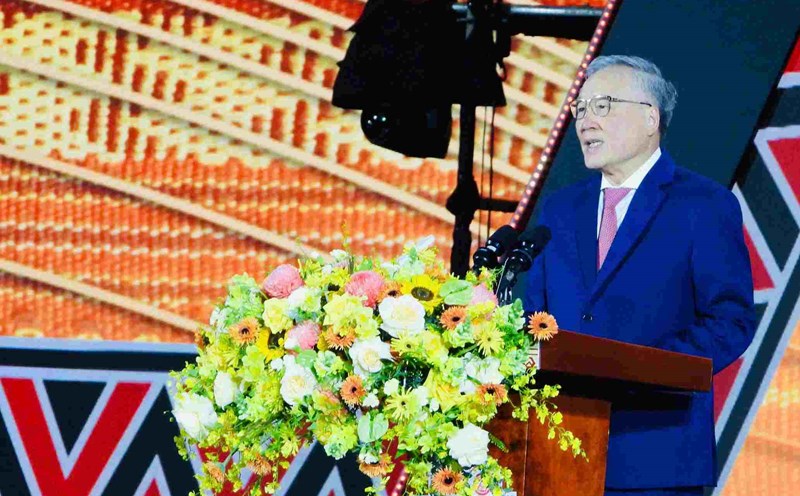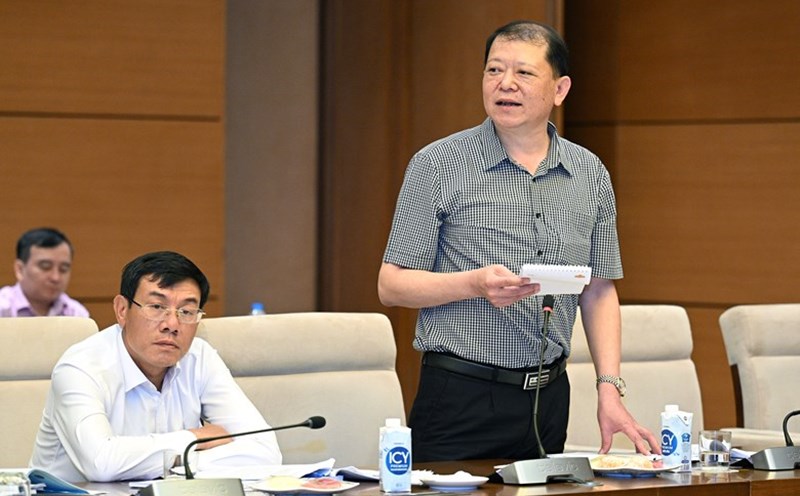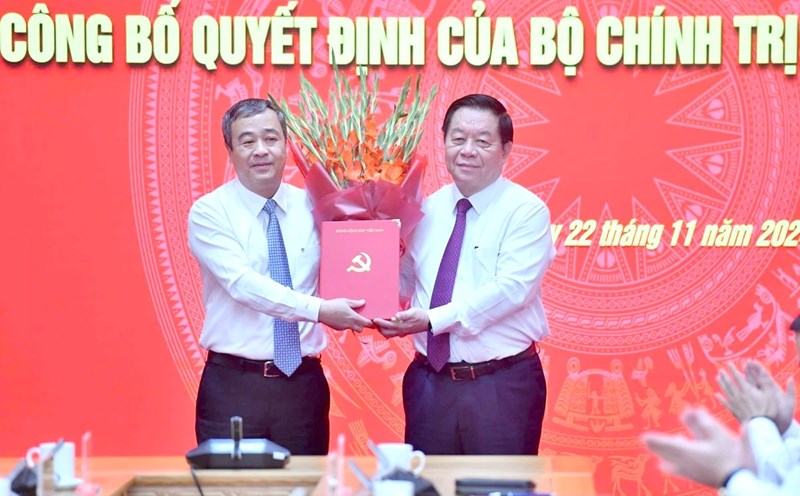This is an important completion step, bringing Ho Chi Minh City's first metro line closer to its official opening date on December 22, 2024.
According to MAUR, Metro Line 1 has completed 100% of the construction volume and is currently in the stage of system safety assessment and final acceptance.
Previously, since the beginning of October, the trains have entered the trial run phase. During this process, the trains operate at intervals ranging from 4 minutes 30 seconds to 10 minutes, simulating real-life situations similar to commercial operations.
The testing phase not only tests the system’s performance but also prepares it for welcoming guests in December. This is an important step to ensure safety and efficiency in operations.
The fares for Metro Line 1 have been approved by the Ho Chi Minh City People's Committee. Metro Line 1 applies many fare options to facilitate and encourage people to use the new public transport. Passengers can choose from single-trip tickets, daily tickets, three-day tickets or monthly tickets.
One-way ticket: Cash payment costs from 7,000 VND to 20,000 VND, depending on the distance; if paying cashless, the ticket price is reduced to 6,000-19,000 VND.
Monthly ticket: Price is 300,000 VND/person, students get 50% discount, only 150,000 VND.
Day and three-day tickets: Cost VND40,000 and VND90,000 respectively.
In particular, during the first 30 days of commercial operation, passengers traveling on Metro Line 1 and 17 connecting bus routes will be completely exempt from ticket fees.
Metro Line 1 is nearly 20km long, connecting the center of Ho Chi Minh City to the eastern gateway through 14 stations (11 elevated stations, 3 underground stations). The project started in 2012 with a total investment of more than 43,700 billion VND.
After 12 years of construction and many extensions, the first metro line of Ho Chi Minh City is about to come into operation, marking an important step forward in the public transport system of Ho Chi Minh City, expected to change people's travel habits and reduce pressure on road traffic.



